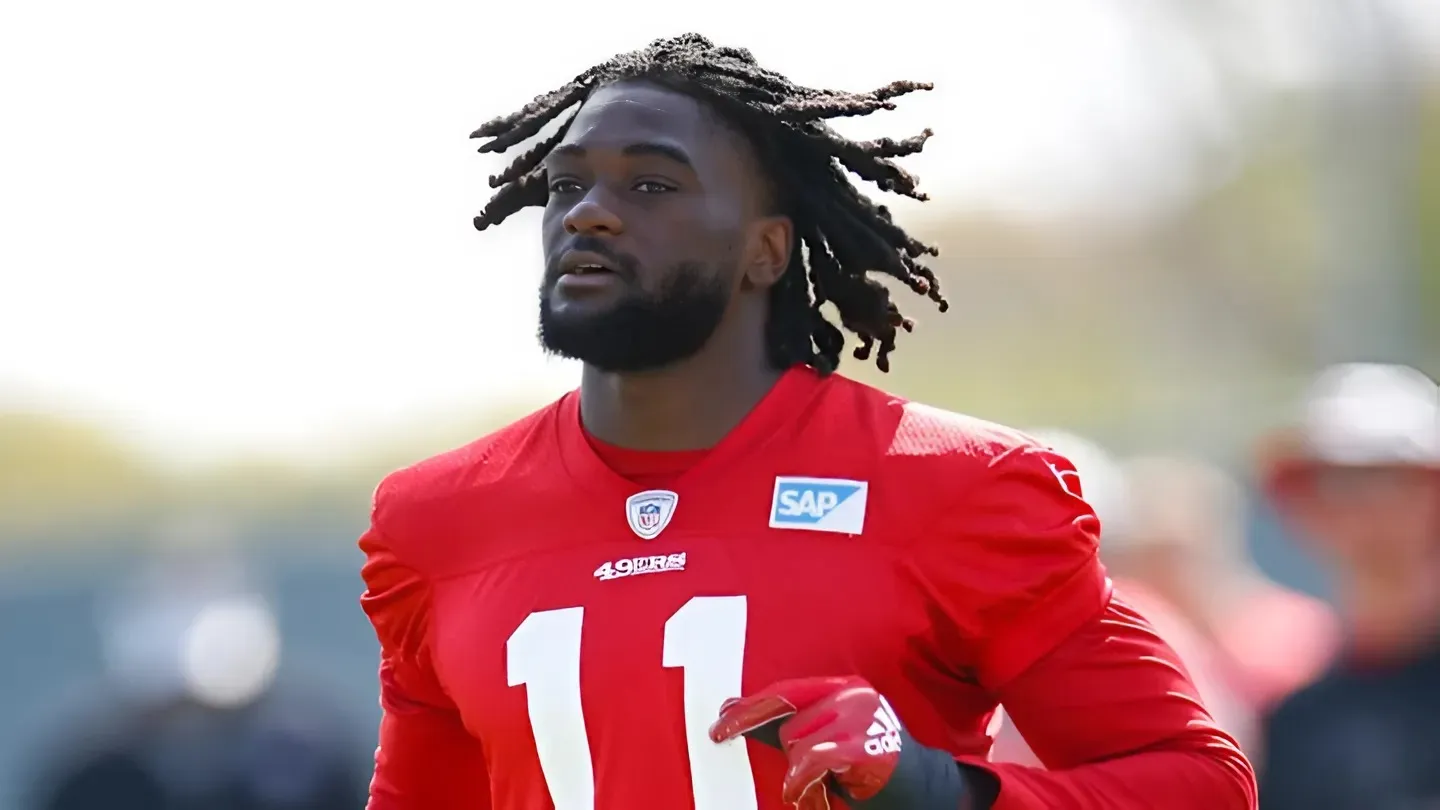Yet, every call for a player to be dropped was met with the inevitable question: “Who replaces them?”
![Nathan McSweeney and Usman Khawaja of Australia walk out of the player tunnel before batting prior to day one of the Third Test match in the series between Australia and India at The Gabba on December 14, 2024 in Brisbane, Australia. (Photo by Chris Hyde/Getty Images)]()
Nathan McSweeney and Usman Khawaja. (Photo by Chris Hyde/Getty Images)
The 11-day break between games gave commentators and fans ample time to scrutinize Bailey and his team – not just for their selections in the first Test, but also for past decisions to stick by entrenched players out of form that, in hindsight, seemed like Warner-sized chickens coming home to roost.
Fast forward to the present. Australia has convincingly won back the Border-Gavasker Trophy and comfortably retained the Warne-Muralitharan Trophy with a dominant display in Galle, and for the most part that animosity has seemed to dissipate.
Results aside – the most notable insight from the past two months (perhaps, even two years) is that the black hole we thought we were in, is instead a deep pool of talent patiently waiting for their opportunity to thrive on the world stage.
Our fast bowling depth is as strong as it’s ever been, with the ageing quartet of Mitch Starc (35), Pat Cummins (31), Josh Hazelwood (34) and Scott Boland (35) currently keeping a lid on the emergence of Sean Abbott (32), Brendan Doggett (30), Spencer Johnson (29), Lance Morris (26) and Jye Richardson (28).
In the spin department, we were given a glimpse into the future again this tour with three spinners Nathan Lyon (37), Todd Murphy (24) and Matt Kuhnemann (28) taking to the stage in Sri Lanka. Josh Inglis’ (29) stunning debut will only heap pressure on Alex Carey (33) to continue his rich vein of form.
Moving further up the order, between the emergence of Beau Webster (31), the prodigal talent of Cameron Green (25) and the potential in a Cooper Connolly (21) – decisions around our all-round options will likely continue to fill column space for years to come.
Connolly is a particularly interesting case. His skill set is undeniable, but with the form and ages of Webster and Cam Green, and the depth of finger spinners we have – it’s not unreasonable to see a future where he plays less than 20 Test matches in a career restricted to sub-continental tours.
![BRISBANE, AUSTRALIA - DECEMBER 15: Travis Head of Australia plays a shot during day two of the Third Test match in the series between Australia and India at The Gabba on December 15, 2024 in Brisbane, Australia. (Photo by Matt Roberts - CA/Cricket Australia via Getty Images)]()
Travis Head. (Photo by Matt Roberts – CA/Cricket Australia via Getty Images)
Spots in the middle order for at least the next years are likely to become vacant through injury only, with Smith (35) and Head (31) having a mortgage on places leaving the likes of McSweeney (25), Kurtis Patterson (31), Peter Handscomb (33) and the aforementioned Inglis to continue to bide their time either in the Shield or as travelling reserves.
The very top is where Australia currently seems the most vulnerable – with the form of Marnus Labuschange (30) continuing to raise eyebrows. But should he return to Redlands third Grade as some have previously called for – both Patterson and McSweeney have experience and success at first drop.
While the impending retirement of Usman Khawaja (38) should see Sam Konstas (19) given an opportunity to solidify his spot at the top full-time – it’s who partners him long-term that is likely to continue to dominate pre-summer bat-off discussions.
Any of Matt Renshaw (28), Marcus Harris (32) or Cam Bancroft (32) are still young and capable enough of resurrecting their careers in the same way Khawaja did at 35 – but beyond that, you have the likes of Australia-A openers of Jayden Goodwin (23) and Tim Ward (26) continuing to press for opportunities.
No doubt I’ve missed some names, but in the paragraphs above there are 30 players (when fit) who could walk into the Test arena and be expected to perform.
![ANTIGUA, ANTIGUA AND BARBUDA - JUNE 10: Australia selector George Bailey during a net session as part of the ICC Men's T20 Cricket World Cup West Indies & USA 2024 at Sir Vivian Richards Stadium on June 10, 2024 in Antigua, Antigua and Barbuda. (Photo by Gareth Copley/Getty Images)]()
Australian chief selector George Bailey. (Photo by Gareth Copley/Getty Images)
So rather than being bereft of options and rewarding mediocrity like some commentators would have had you believe in November – George Bailey has quietly built a deep phonebook of candidates with relatively recent form he could call upon to plug a hole in the squad.
This is not to say that no questions should ever be asked. The role of Head of Selectors inherently invites public scrutiny, and it’s only natural that questions arise about the selection policy.
The saga surrounding David Warner’s apparent retirement tour – despite years of underperformance – undoubtedly and understandably eroded public confidence in the selector’s decision-making, and should Khawaja again begin to struggle during the winter Tests, how Bailey and co approach their second run will be intriguing.
Moreover, what began as a commitment to transparent communication between Bailey, coach Andrew McDonald and the public regarding the team now appears to be diminishing.
But for now – this team and their leaders should be celebrated for creating a deep well of talent – rather than lambasted for their apparent arrogance to pick and stick with a side that has won just about everything they could have.






